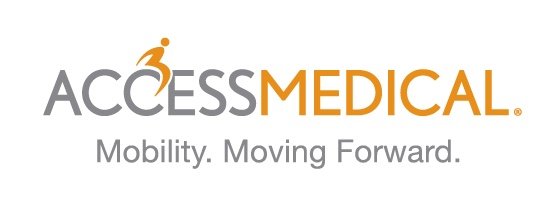How to Get a Seat Elevator Approved by Insurance for Your Wheelchair
Navigating the process of acquiring a new wheelchair, especially one with advanced features like a seat elevator, can be daunting, particularly when it involves dealing with insurance. Seat elevators provide significant benefits, such as enhanced accessibility and independence, making them a crucial feature for many individuals.
However, understanding the insurance approval process and advocating effectively for your needs is essential. In this guide, we'll explore the steps involved in getting a seat elevator approved through insurance for your next wheelchair.
Understanding the Importance of a Seat Elevator
A seat elevator is a mechanism integrated into wheelchairs that allows the user to raise or lower the seat height at the touch of a button. This feature offers several advantages, including:
Accessibility: It enables easier transfers to and from different surfaces such as beds, chairs, and vehicles.
Independence: Users can adjust their seat height to reach higher shelves, countertops, or interact comfortably with others at eye level.
Health Benefits: Helps in reducing pressure sores by allowing users to reposition themselves regularly.
Insurance Coverage Criteria
Before beginning the process, it's crucial to understand your insurance coverage criteria. Insurance providers typically have specific guidelines and criteria for approving durable medical equipment like wheelchairs with seat elevators. These criteria may include:
Medical Necessity: Documentation from healthcare professionals detailing why a seat elevator is necessary for your mobility and daily living needs.
Functional Limitations: Demonstrating how a seat elevator addresses functional limitations such as difficulty transferring or accessing environments.
Alternative Options: Explaining why alternative equipment or modifications are not suitable or adequate.
Working with Healthcare Professionals
Collaboration with your healthcare team is crucial throughout the approval process. They can provide essential support by:
Prescription and Documentation: Issuing a prescription and documenting medical necessity for a seat elevator.
Clinical Justification: Providing clinical notes or reports that outline your functional limitations and the benefits of a seat elevator in addressing them.
Letter of Medical Necessity: Writing a Letter of Medical Necessity (LMN) that succinctly explains why a seat elevator is essential for your health and daily functioning.
Navigating the Approval Process
Once you have gathered all necessary documentation, the next step is to submit a request for approval to your insurance provider. This process may involve:
Prior Authorization: Some insurance plans require prior authorization for durable medical equipment. Your healthcare provider's office can assist in initiating this process.
Appeals Process: In case of initial denial, familiarize yourself with the appeals process outlined by your insurance provider. This may involve submitting additional documentation or providing further justification for the seat elevator.
Acquiring a wheelchair with a seat elevator through insurance involves understanding criteria, gathering comprehensive documentation, and advocating effectively for your needs. Remember, persistence and thorough preparation are key to achieving greater independence and improving your quality of life with a wheelchair that meets your specific requirements.
Explore our collection today and discover how we can help enhance your quality of life with our comprehensive mobility solutions. Whether you need a custom wheelchair or a repair, we're here to help. Contact us today to learn how we can support your mobility needs.


